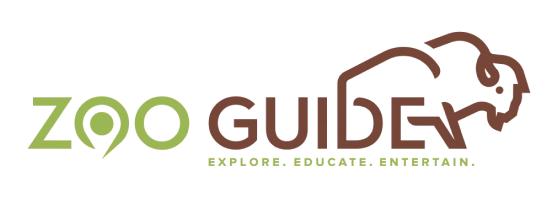- Understanding the types and functions of horns in various animal species.
- The role of horns in animal behavior and social structures.
- Conservation efforts aimed at protecting horned species in the wild.
- Challenges faced by zoos and wildlife managers in maintaining horned animals.
- Innovative solutions and approaches in wildlife conservation related to horned species.
Horns are fascinating structures that appear in diverse animal species, playing critical roles in their survival and social interactions. Let’s explore their types, functions, and the conservation efforts aimed at safeguarding these species.
The first step in this exploration is to understand the different types of horns found in nature. In zoology, horns typically refer to permanent bony protrusions covered by a keratin sheath. They differ from antlers, which animals like deer shed and regrow annually. Horns, such as those seen in goats, cattle, and rhinoceroses, vary in shape and size, each adapted to the specific environment and lifestyle of the species.
In bovids, like antelopes and bighorn sheep, horns are primarily used for defense and competition among males for mating rights. The shape and size of horns in these species can indicate the animal’s age, genetic health, and social status. Rhinoceros horns, composed of keratin, serve not only in defense and intraspecies competition but also in foraging. Understanding these roles enhances our appreciation for how animals have adapted to their environments over time.
Horns are significant in social behaviors and hierarchies. In many species, males with the largest horns hold dominant positions, often securing greater access to resources and mates. This characteristic influences mating strategies and can lead to the evolution of elaborate horn structures. The social structure of a herd or group can be maintained through displays and confrontations that rarely lead to injury, thanks to these adaptations.
Conservation is crucial as many horned species face significant threats from habitat loss and poaching. The illegal trade of horns, especially rhinoceros horns, driven by demand in traditional medicine and as status symbols, poses a significant challenge. Such pressures have led to drastic population declines. Conservation programs are vital in reversing these trends, employing methods like anti-poaching units, habitat restoration, and community engagement to protect these animals in their natural habitats.
Zoos and wildlife managers face multiple challenges in maintaining populations of horned animals. Ensuring the physical health and mental well-being of these animals in captivity requires specialized knowledge of their nutritional, behavioral, and environmental needs. Adequate space is necessary to accommodate their social structures and behaviors, such as mock battles in males, which are crucial for reducing stress and preventing aggression.
Innovative approaches are emerging in the conservation of horned animals, including cutting-edge technologies like genetic research to enhance breeding programs. Remote monitoring via GPS collars and drones assists in tracking animal movements and behaviors in the wild. Collaborations between governments, NGOs, and local communities strengthen efforts, providing multifaceted approaches to tackle the complex conservation challenges these species face.
Educational programs also play an essential role in conservation, raising awareness and fostering a deeper understanding of the importance of conserving horned animals. By engaging the public and encouraging responsible tourism practices, we can create sustainable future opportunities for these magnificent creatures.
Therefore, understanding horns’ biological and ecological significance enriches our knowledge of animal adaptation and behavior, highlighting the importance of our efforts to protect these vital species. Continued research and conservation initiatives remain critical in ensuring these animals thrive for generations to come.
*****
Source Description
كم قرناً يوجد في الصورة👀🔎..؟
.
.
How many horns do you see👀🔍..?
.
.

